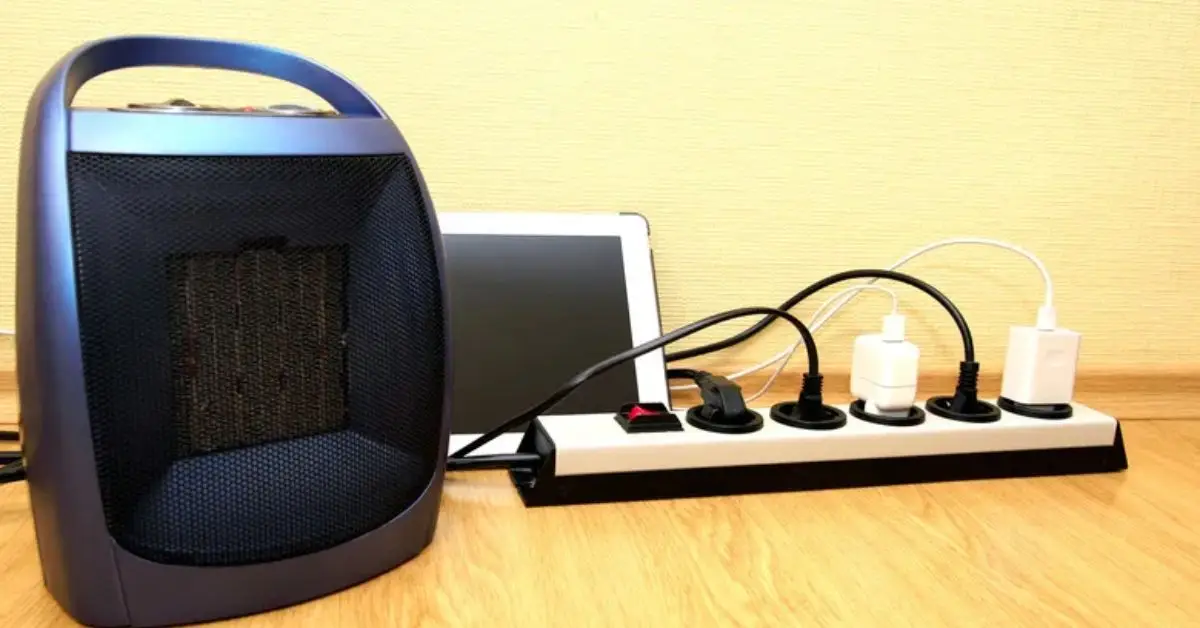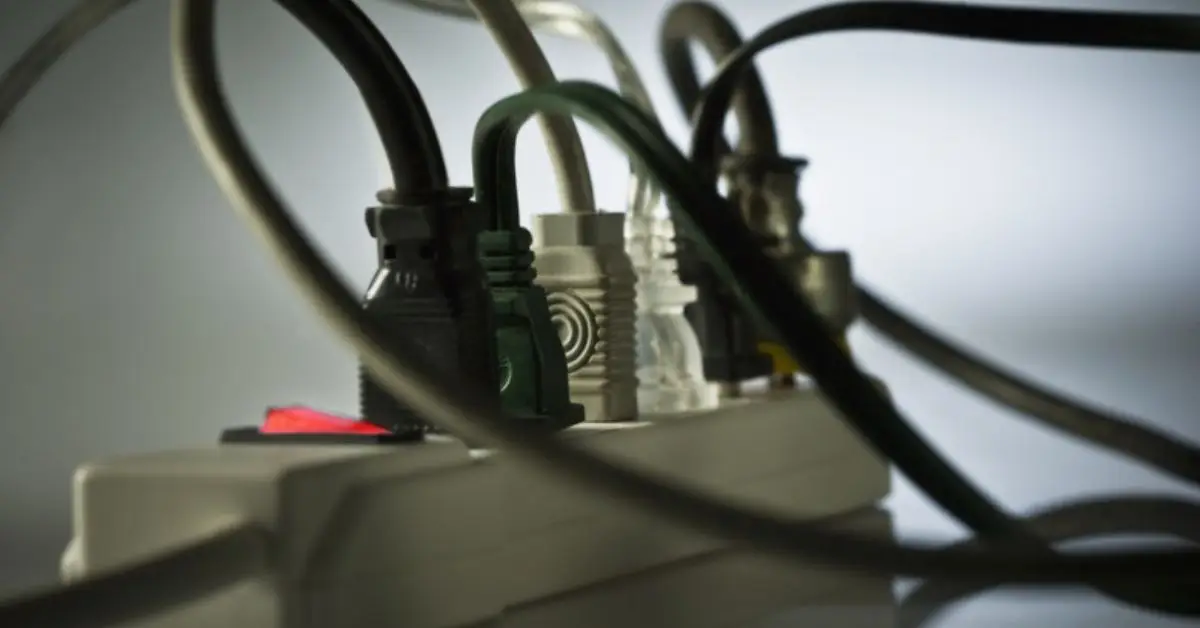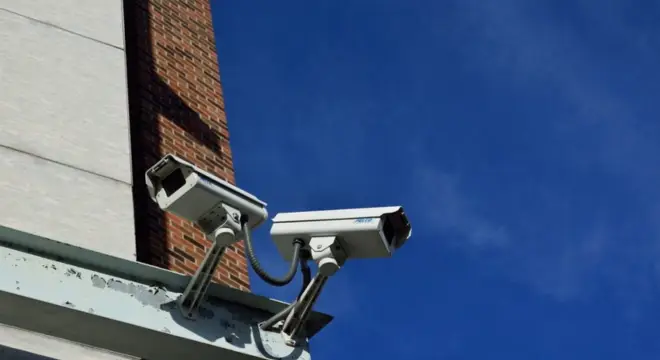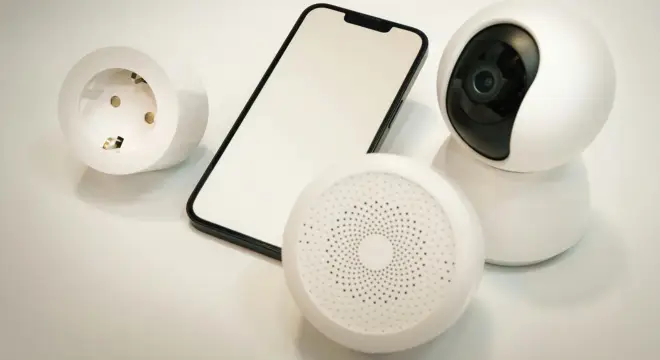7 Household Appliances That Can Overload Your Power Strip
I’ve always been careful with electricity at home, but a close call a few years ago taught me just how quickly things can go wrong with something as simple as a power strip. You probably have one too—maybe under your desk, behind your TV, or near your kitchen counter—quietly powering multiple devices at once. It seems harmless, right? But the truth is, some everyday devices can turn these little strips into serious hazards.
In this article, I want to show you exactly which gadgets you should never plug into a power strip, why it’s dangerous, and how you can stay safe without giving up convenience. I’ll walk you through real-life examples, practical tips, and safety insights you won’t find in generic “7 things” lists. By the end, you’ll know how to protect your devices—and more importantly, your home and family—from a fire or electrical accident that could have been completely avoided.
Why This Is a Serious Issue
If you’re like me, you probably don’t think twice about plugging a few devices into a power strip. I used to do it all the time—until I realized just how risky it can be. Power strips are convenient, but they have limits. Misusing them isn’t just about getting a small shock; it can cause serious problems like fire, overloaded circuits, or even damage to your expensive devices.
Here’s what I’ve learned about why this is so important:
- Power strip ratings matter – Every strip is designed to handle a certain voltage and wattage. Most standard strips manage around 15 amps, which might seem like a lot, but high-draw devices can quickly exceed this limit. I always check the rating before plugging in anything heavy, and you should too.
- UL-listed and tested products are safer – Strips approved by recognized labs are built to prevent overheating and reduce fire risk. Using cheap, untested strips is tempting, but it’s a gamble with your safety. For reference, WVU Environmental Health & Safety has a detailed guide on how to identify safe power strips and proper usage.
- Overloading explained – Not all power draws are constant. Some devices spike briefly when they start up (like refrigerators or heaters), while others pull steady power over time. I’ve learned to separate high-surge and high-continuous devices instead of cramming everything onto one strip.
Understanding these basics has helped me avoid accidents that could have been catastrophic. If you’re reading this, I want you to feel confident that you can use your power strips safely without giving up the convenience you rely on every day.
7 Devices You Should Never Plug Into a Power Strip
I’ve seen too many people, including myself at one point, treat power strips like magic outlets that can handle anything. But the reality is, certain devices are just too risky to plug into a strip. Let me walk you through the top offenders and why you should keep them on their own dedicated outlets.
1. Space Heaters

I once learned the hard way that space heaters are a no-go for power strips. They pull a huge amount of electricity, and their prolonged heat can easily overwork a standard strip.
- Typical wattage vs strip capacity: Most space heaters draw 1,500 watts, which is right at the limit or above what a regular strip can handle.
- Real-life anecdote: One Reddit user shared, “Our heater fried the power strip… you can’t plug a heater into a power strip.”
- Official warning: Fire departments strongly advise that space heaters always get a dedicated outlet to prevent overheating and fire risk.
2. Refrigerators and Freezers
You might be tempted to plug a mini-fridge into a strip under your desk, but don’t. These appliances have compressors that cycle on and off, creating surge draws that can overload strips repeatedly.
- Heavy appliances need dedicated outlets.
- University safety offices caution: “Never plug refrigerators into a power strip.”
- To keep your appliances running safely for years, I also follow some simple maintenance hacks to extend your appliance’s lifespan.
3. Microwaves and Toaster Ovens
Heating elements spike power quickly, which can overheat or melt the strip.
- Microwaves typically draw 1,000–1,500 watts; toaster ovens are similar.
- Experts like Bob Vila recommend always using dedicated wall outlets.
4. Hair Styling Tools (Dryers, Straighteners, Curling Irons)
Hair tools generate heat fast and draw significant power, which is a perfect recipe for overheating a strip.
- Always plug hair styling tools directly into wall outlets.
- Even short-term use can become risky if the strip is cheap or old.
5. Air Conditioners (Portable/Window Units)
AC units, even small ones, aren’t innocent. When they start up, their compressors draw a surge of electricity that most strips aren’t designed to handle.
- Dedicated outlet required: Never assume a strip can manage startup surges.
- Continuous draw over time compounds the risk of overheating.
6. Power Tools

Motor-driven tools generate transient surges that strips cannot handle.
- Avoid using strips for drills, saws, grinders, or any heavy motor tool.
- Even a brief overload can fry a strip or spark a fire.
7. Other Power Strips / Daisy Chaining
Plugging one strip into another—known as daisy chaining—is extremely hazardous.
- Violates electrical codes and creates high fire risk.
- WVU safety office warns: “Never plug one strip into another.”
- Reddit engineers confirm: daisy chaining is a common cause of household electrical accidents. Learn more about safe usage in this power strip safety guide.
Why People Often Make These Mistakes
I get it—sometimes we all cut corners. Power strips are convenient, and when outlets are limited, it’s tempting to plug everything in. But here’s why mistakes happen:
- Convenience and lack of outlets: You’re trying to power multiple devices quickly, and it feels harmless.
- Lack of knowledge about ratings or dedicated circuits: Most people don’t know the difference between continuous draw, surge load, and what their strip can handle.
- Ignoring heat or overload signs: A warm strip might feel fine, but that’s often the first warning of an overload problem.
Understanding these reasons helps you make smarter choices, so your home stays safe without giving up convenience.
Safe Power Strip Usage Tips
Over the years, I’ve learned a few practical rules that make using power strips completely safe:
- Always use UL-listed, surge-protected strips. They’re built to handle normal loads safely.
- Only plug low-wattage devices into strips—like lamps, phone chargers, or small electronics.
- Inspect strips regularly for heat, fraying, or damage. Replace any that show wear.
- Avoid daisy chaining—never plug one strip into another.
- Along with safe usage, check out appliances you should unplug right now to save energy and reduce unnecessary risk.
These simple habits dramatically reduce fire risk and protect your devices.
What to Do If You Have Limited Outlets

Limited outlets don’t have to mean unsafe setups. Here’s what I recommend:
- Hire a licensed electrician to install extra dedicated outlets for high-draw appliances.
- Consider a heavy-duty surge protector for multiple low-wattage devices, but keep high-load items on wall outlets.
- Balance loads across circuits so no single strip or outlet is stressed.
If you’re juggling multiple devices, it’s worth reviewing which appliances you should never run at the same time to prevent overload and reduce fire risk.
Even small adjustments like these make your home much safer.
Key Takeaways & Safety Reminder
I want you to remember a few critical points before you go plug anything in:
- Don’t plug high-wattage or motor-driven devices into power strips.
- Always follow dedicated outlet and UL-safety rules.
- Electrical safety protects your devices—and your family.
If you found this guide helpful, I’d love to hear from you. Share your experiences or questions in the comments below, or visit Build Like New for more practical home safety tips. What’s the craziest power strip mistake you’ve ever seen at home? Let’s discuss!
Disclaimer: This article provides general safety information and practical tips. Always consult a licensed electrician for specific electrical issues or concerns. Build Like New is not responsible for damages or injuries resulting from misuse of power strips or electrical devices.


